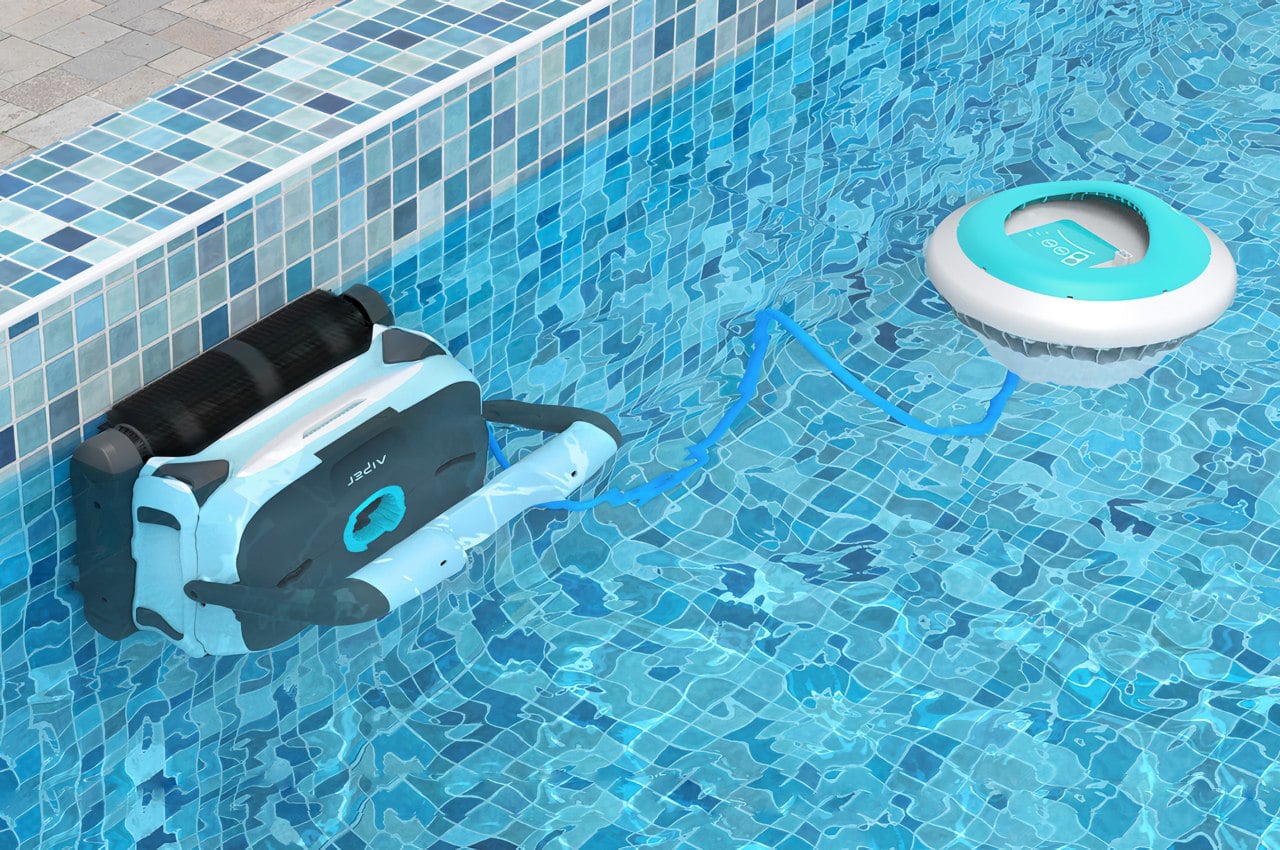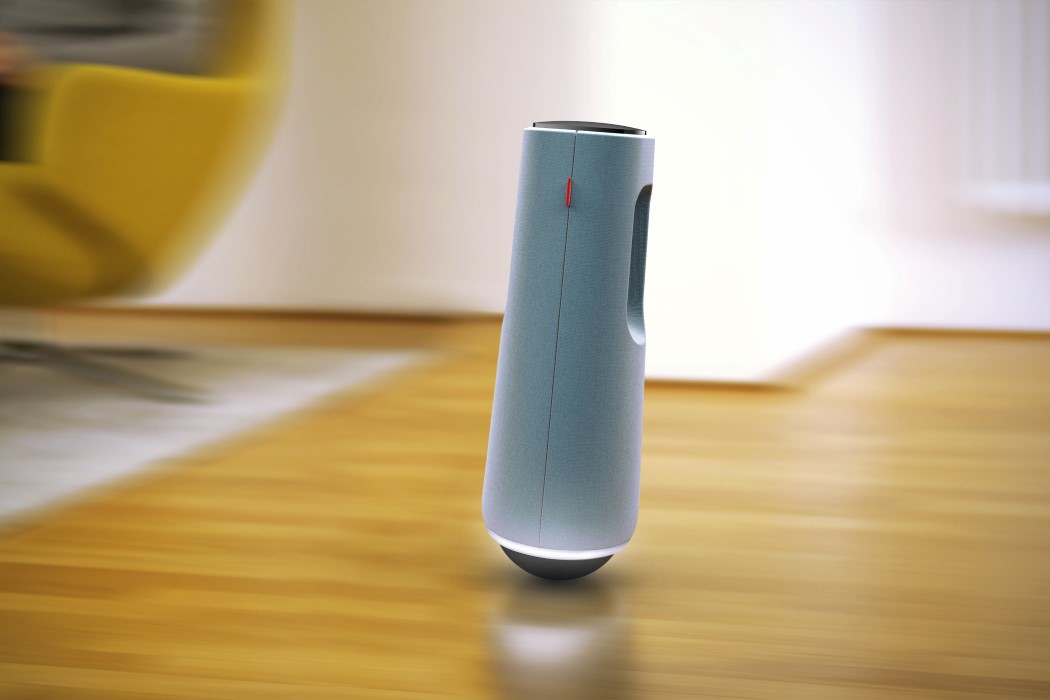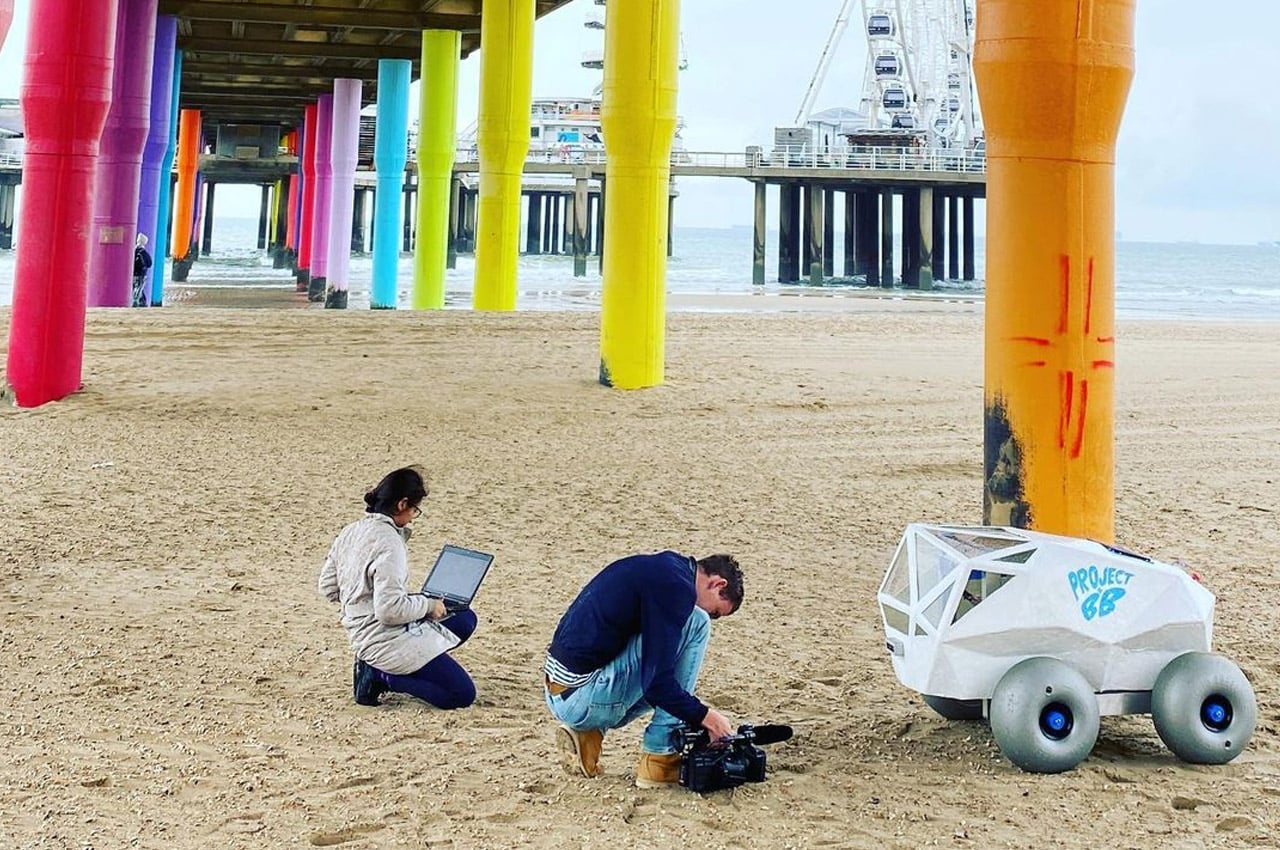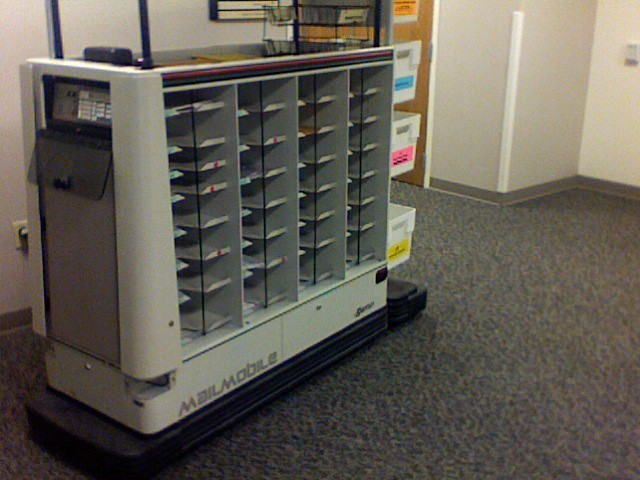
As this article in the Wall Street Journal shows, advances in Robots May Revolutionize China’s Electronics Manufacturing. Here is some key parts of the article (underlining is mine):
A new worker’s revolution is rising in China and it doesn’t involve humans. With soaring wages and an aging population, electronics factory managers say the day is approaching when robotic workers will replace people on the Chinese factory floor. A new wave of industrial robots is in development, ranging from high-end humanoid machines with vision, touch and even learning capabilities, to low-cost robots vying to undercut China’s minimum wage.
Over the next five years these technologies will transform China’s factories, executives say, and also fill a growing labor shortage as the country’s youth become increasingly unwilling to perform manual labor. How the transformation plays out will also go a long way in deciding how much of the electronics supply chain remains in China.
Now, I would argue that while wages are relatively higher in China, the idea of them soaring is very relative too. I’d also argue that even if the wages were stagnant, it would not matter, for the robots will become cheaper and more productive year after year. The question isn’t how will robots manufacture every thing, it’s a question of when will they manufacture every thing.
From there, the next question is: what will people do? Who will buy these products? There is a hint of an answer from the realm of software development. As more lower levels of software development were taken over by other software (e.g. assemblers, compilers, IDEs), software developers focus on higher level versions of software and bigger and more complex problems. This could also be the future of manufacturing. People who work in manufacturing will not make the things: they will design the things (e.g., robots and instructions for robots) that make the things and work on more complex ways to make things (e.g., how to take parts made in China, Kenya, and Canada and have them all come together in the same place and as little time as possible).
(Photo is of a concept robot from Delta Electronics).


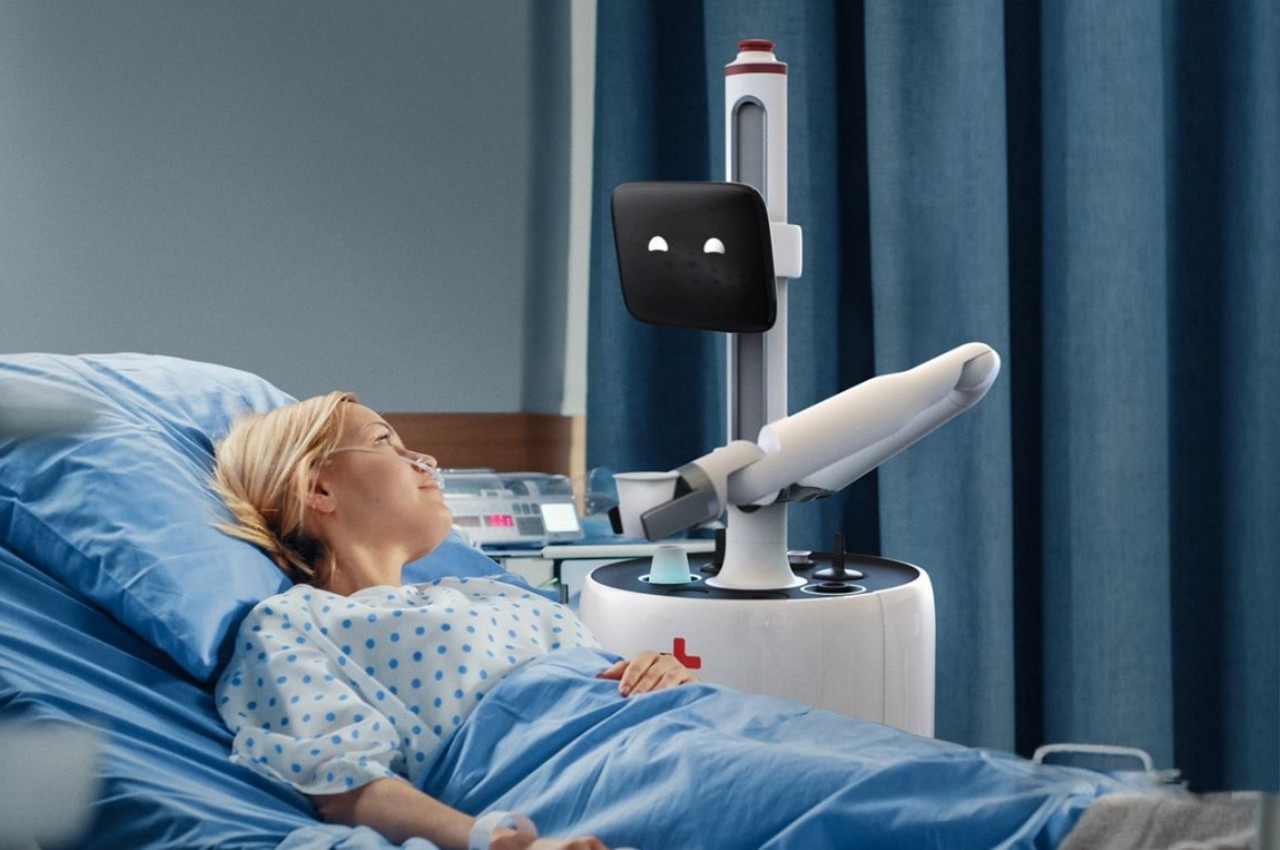


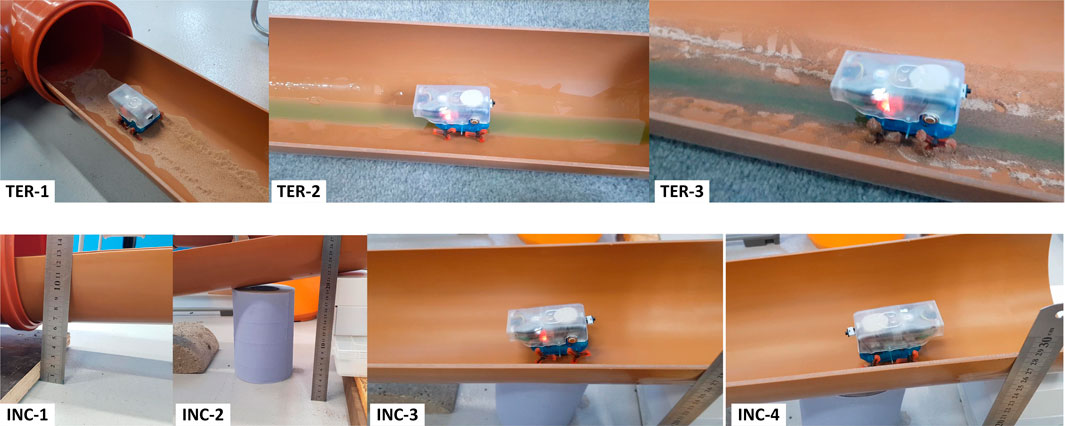

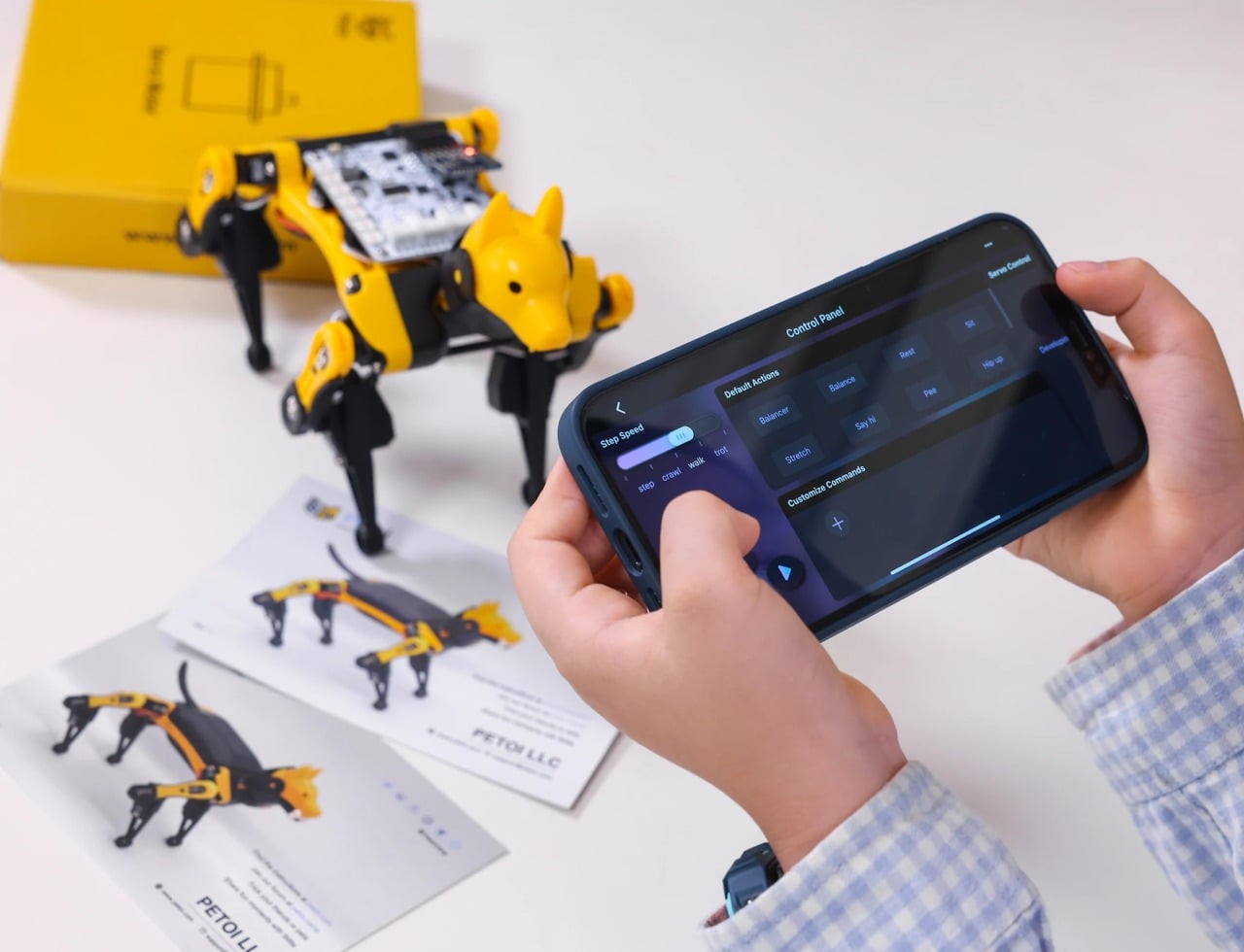


 Amazon has a new robot coming out, and there’s been a number of reviews. Here’s a list of just a few of them:
Amazon has a new robot coming out, and there’s been a number of reviews. Here’s a list of just a few of them: